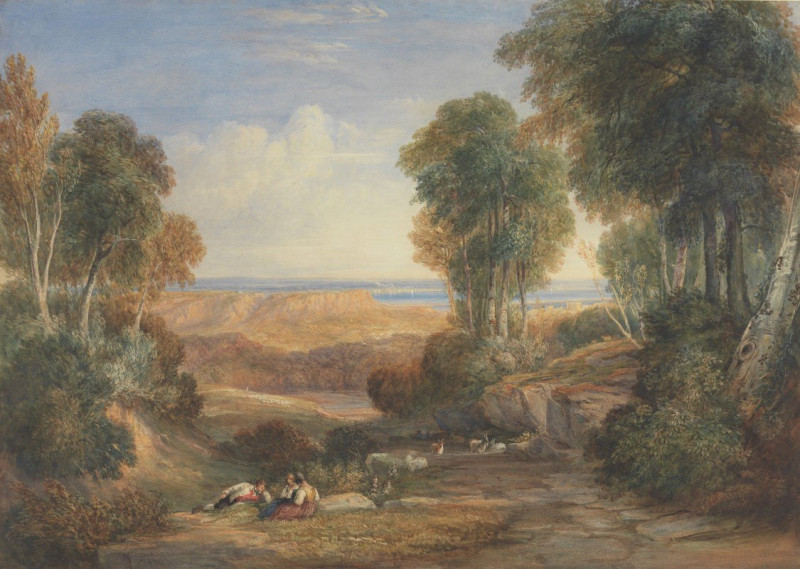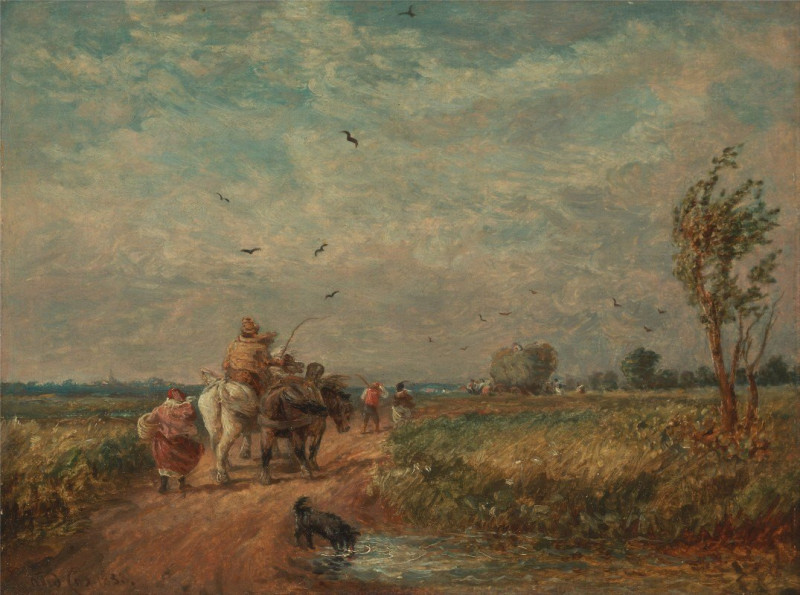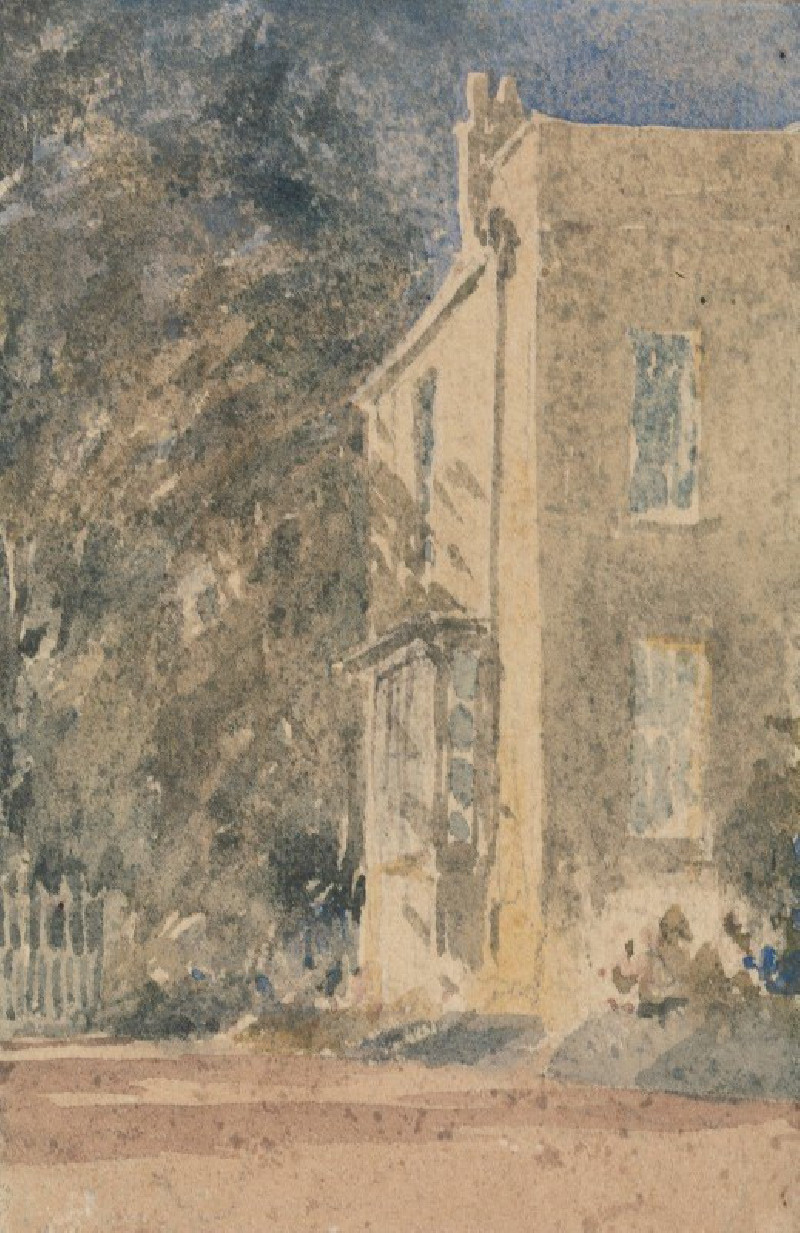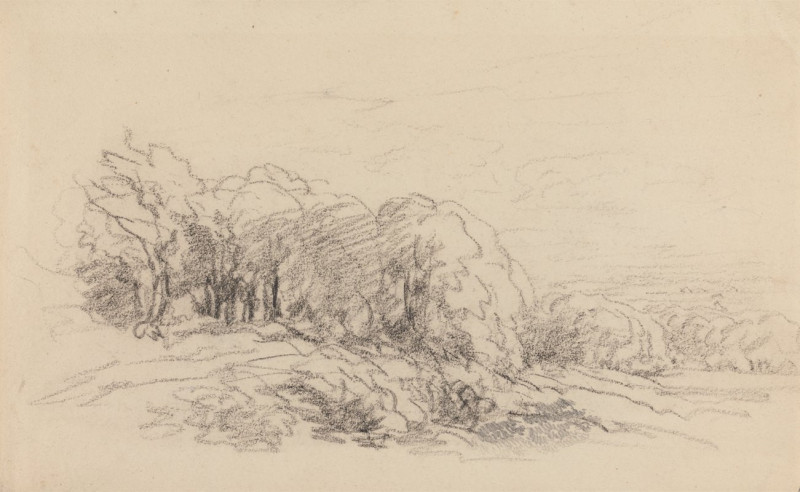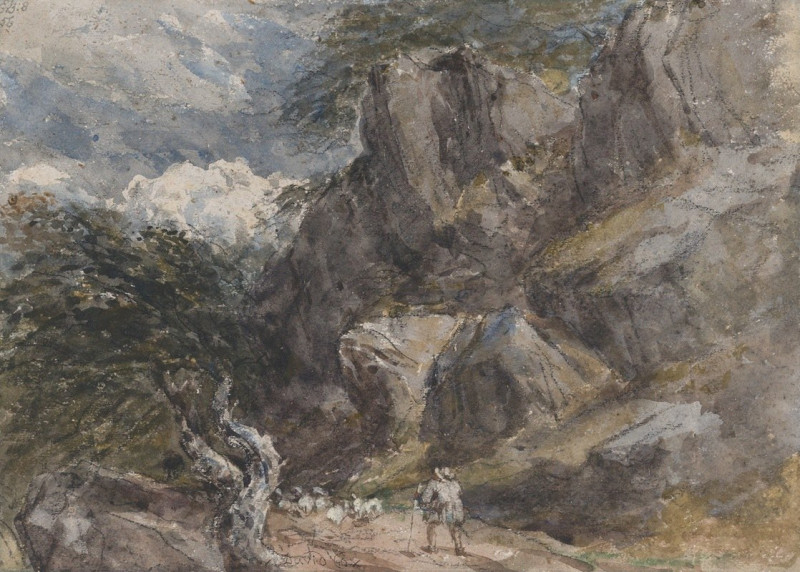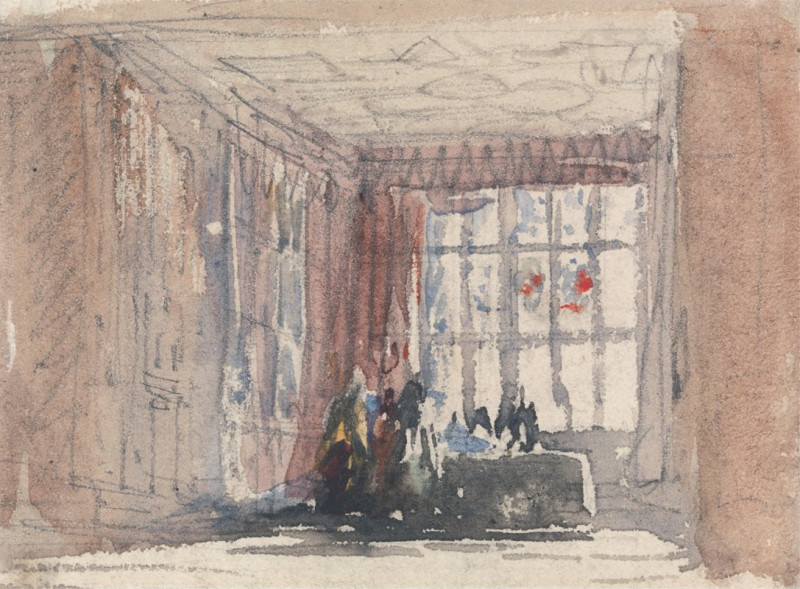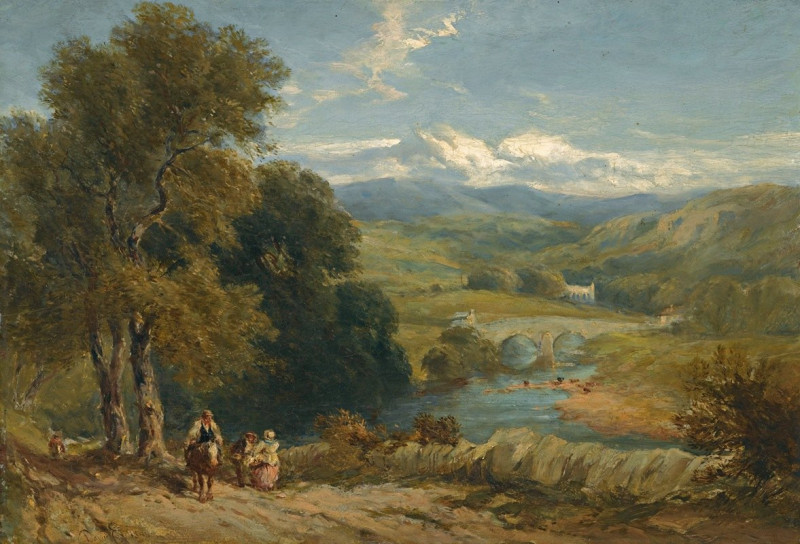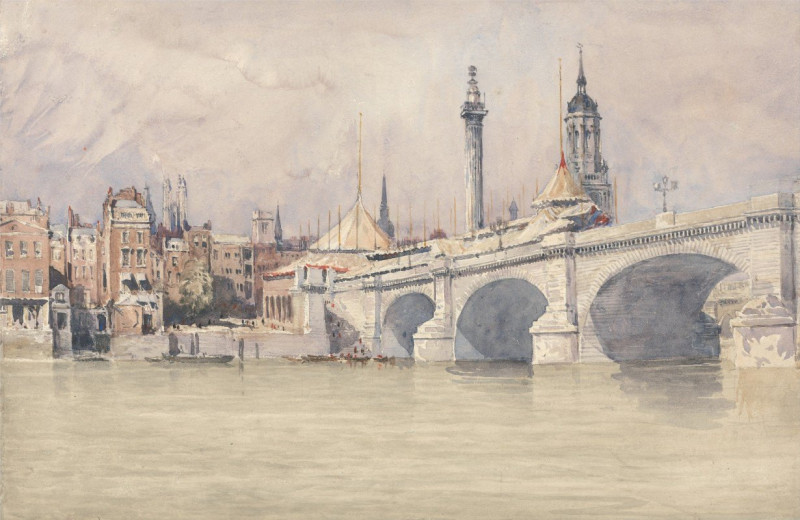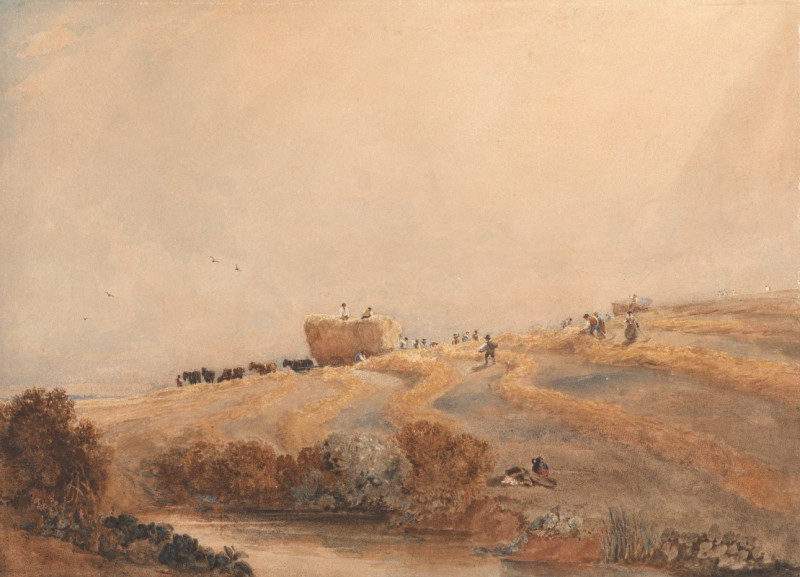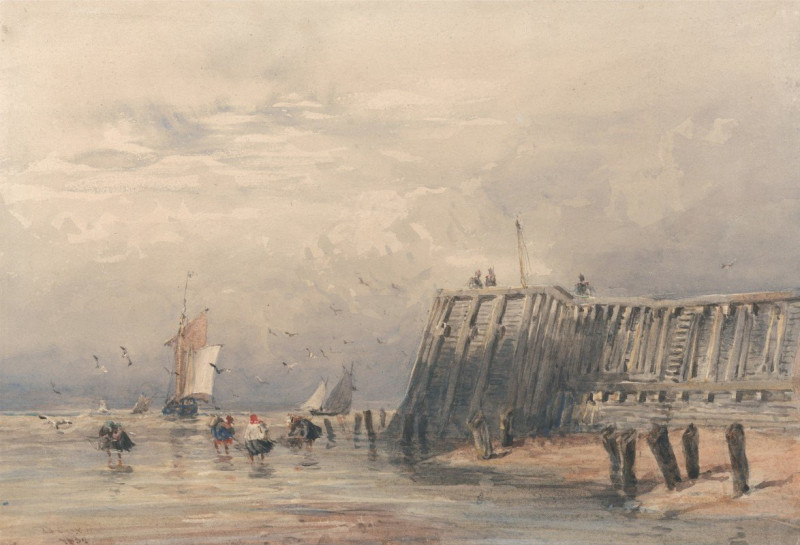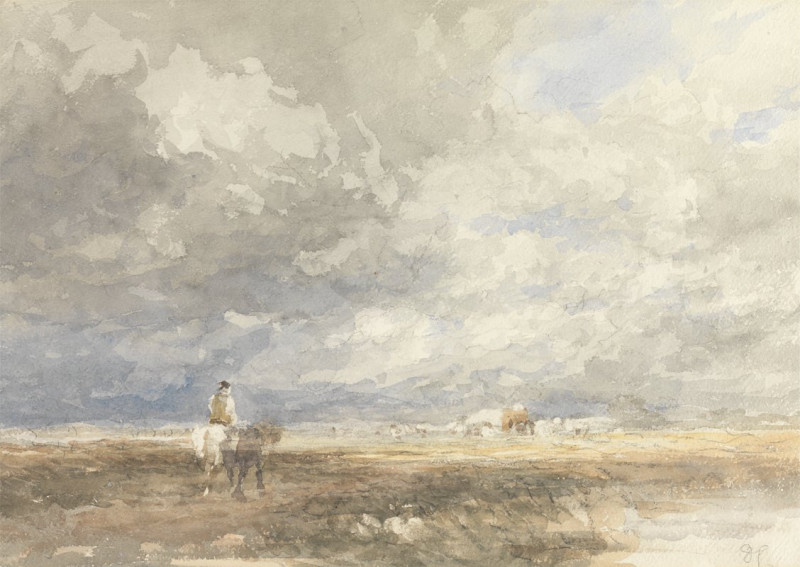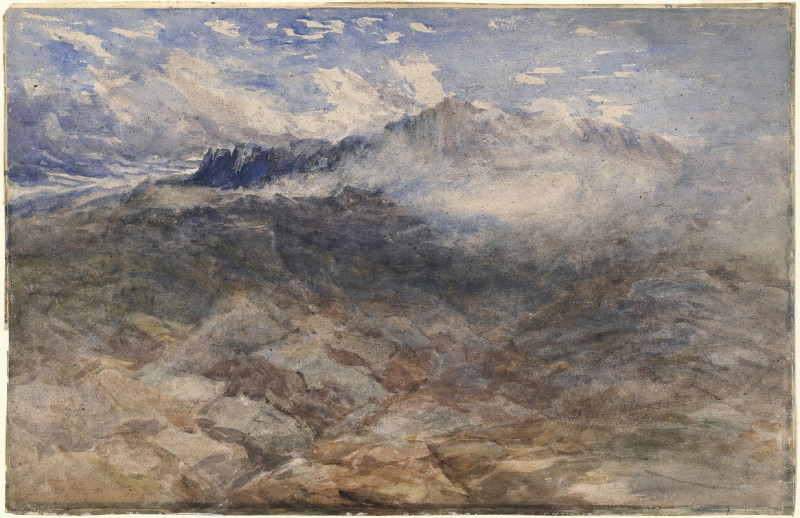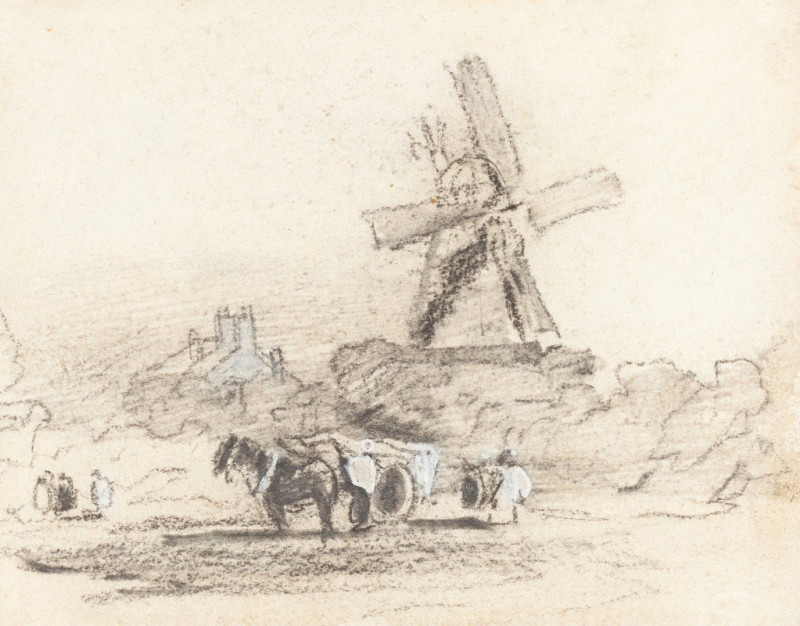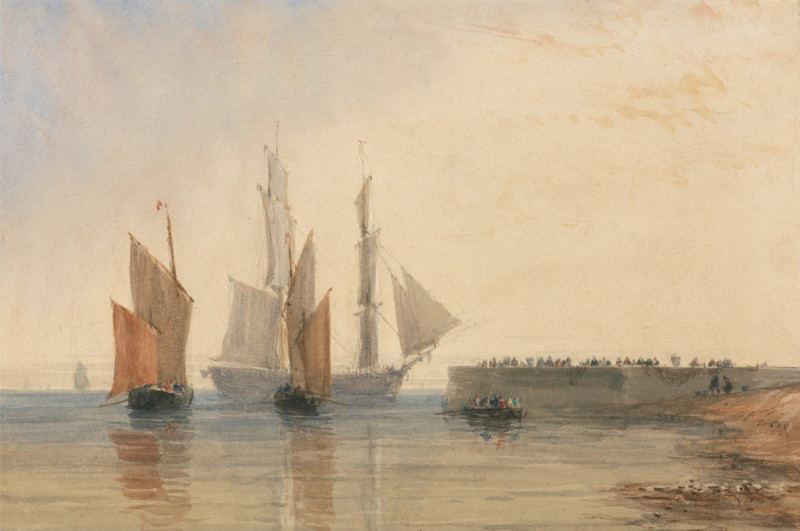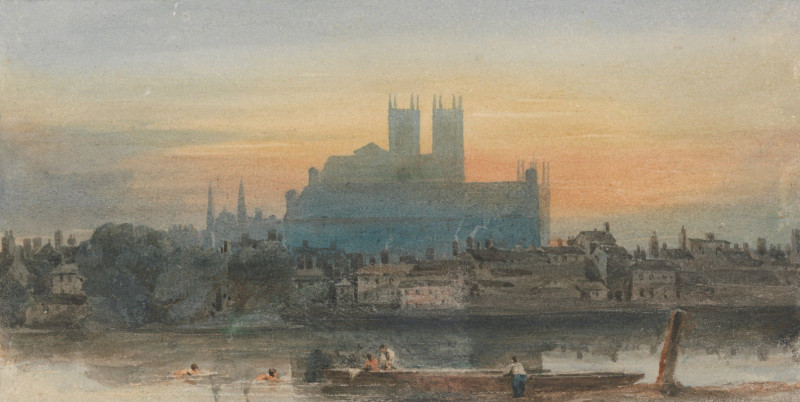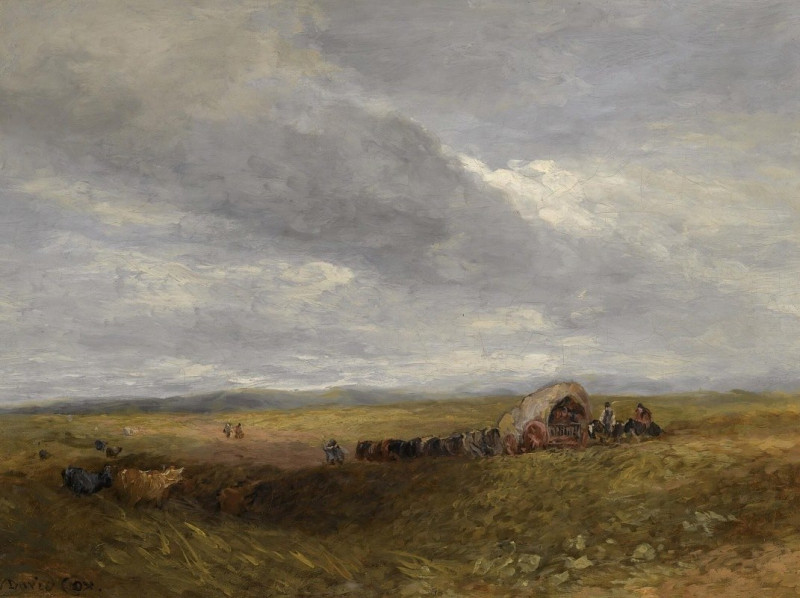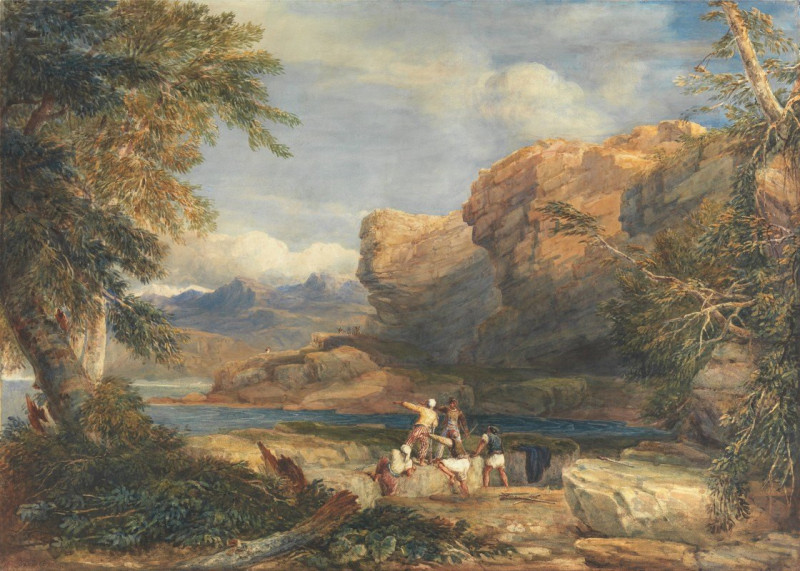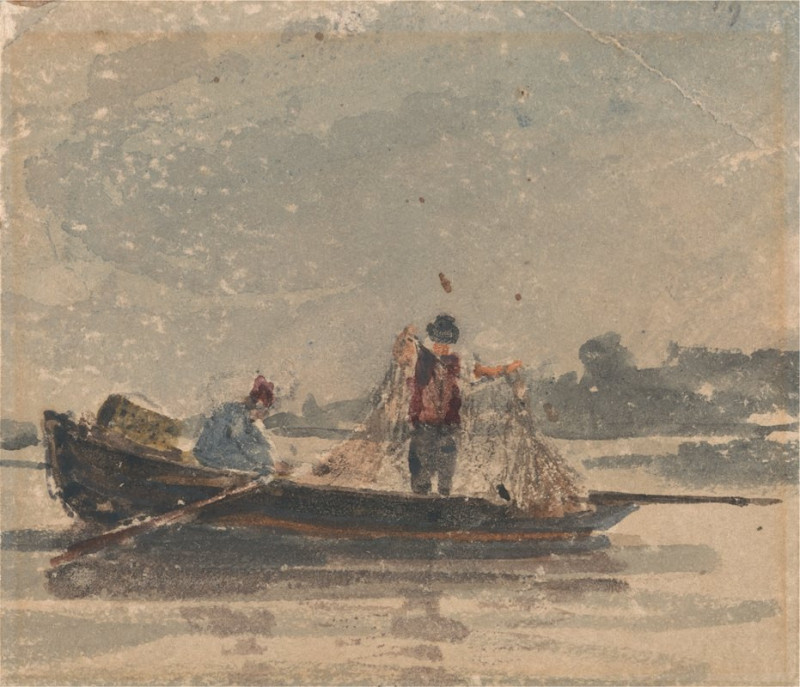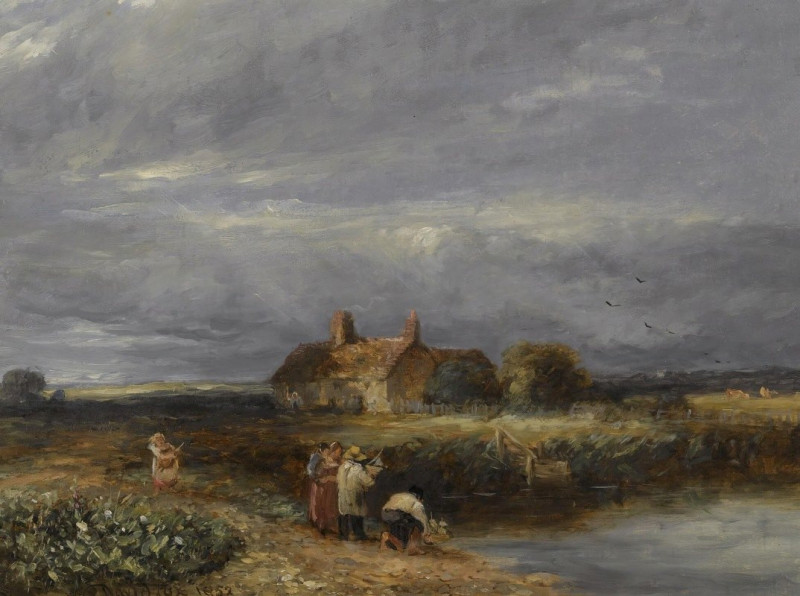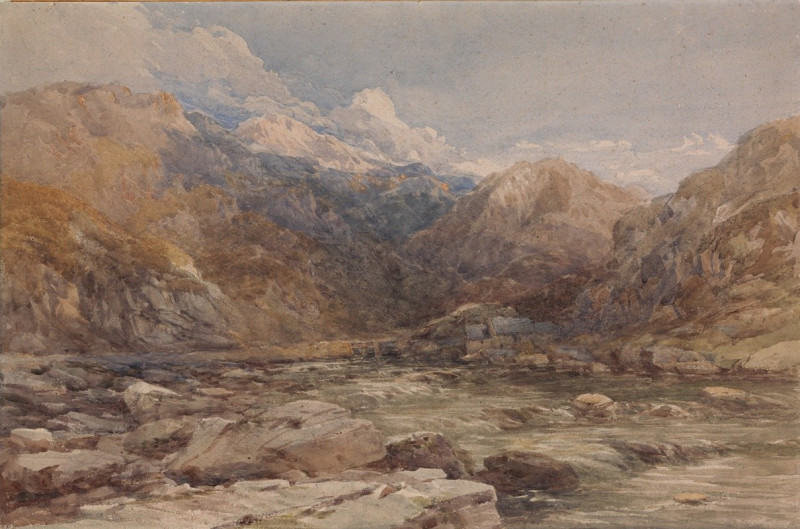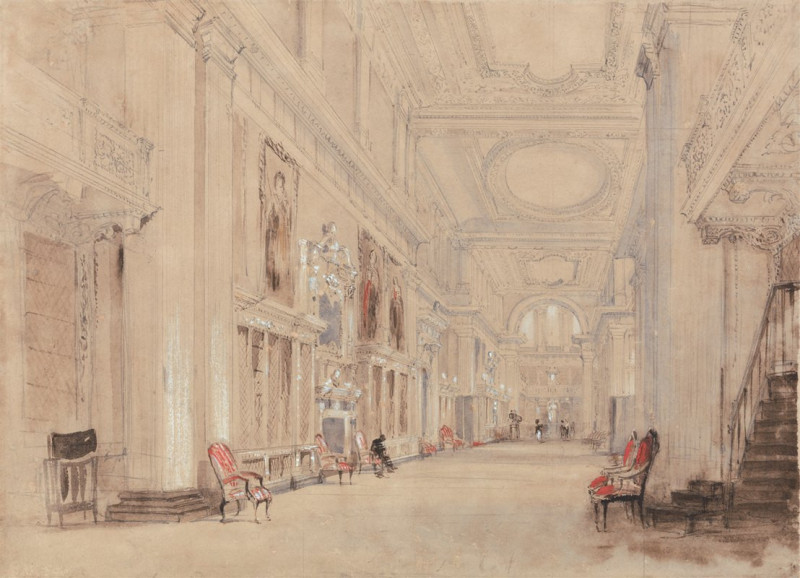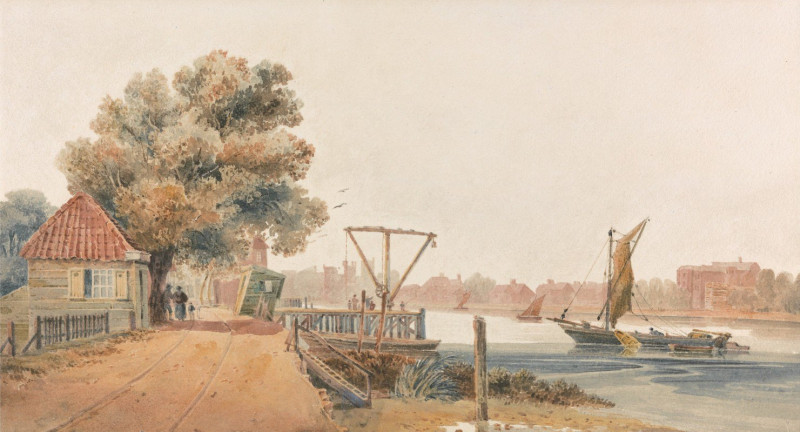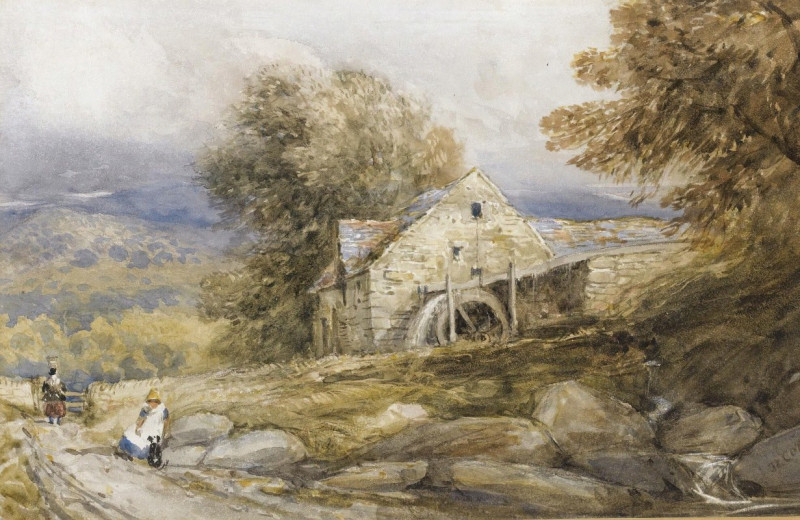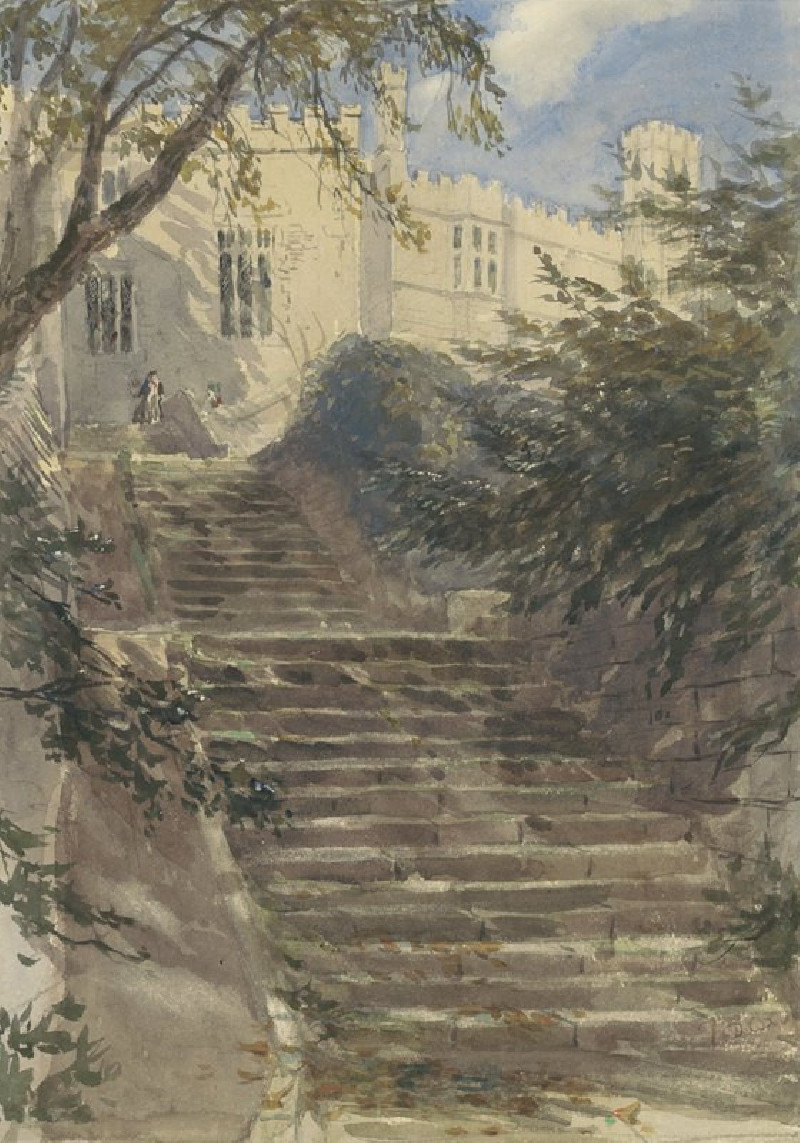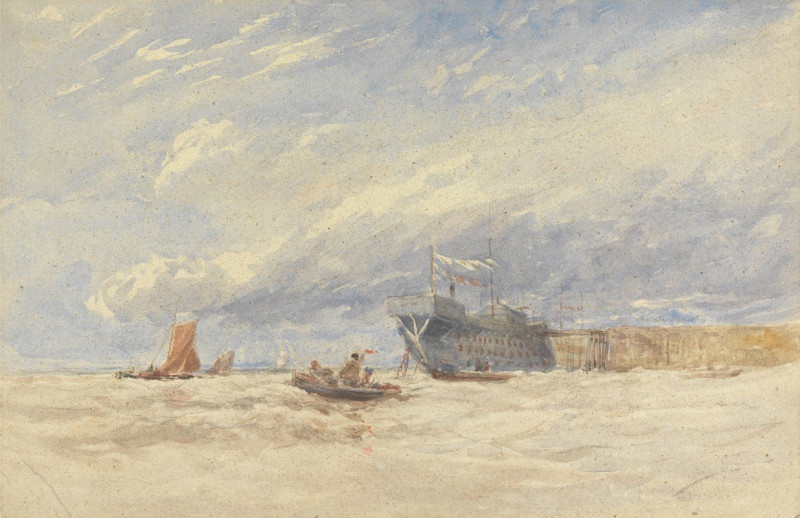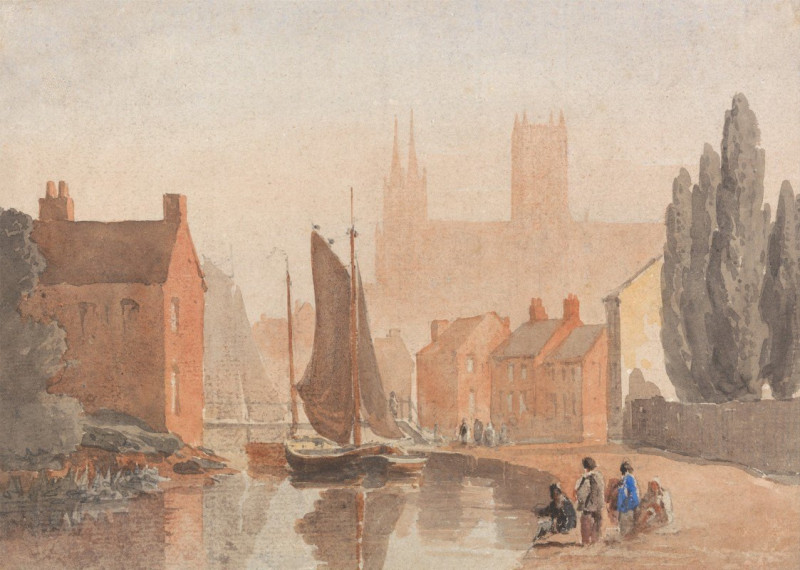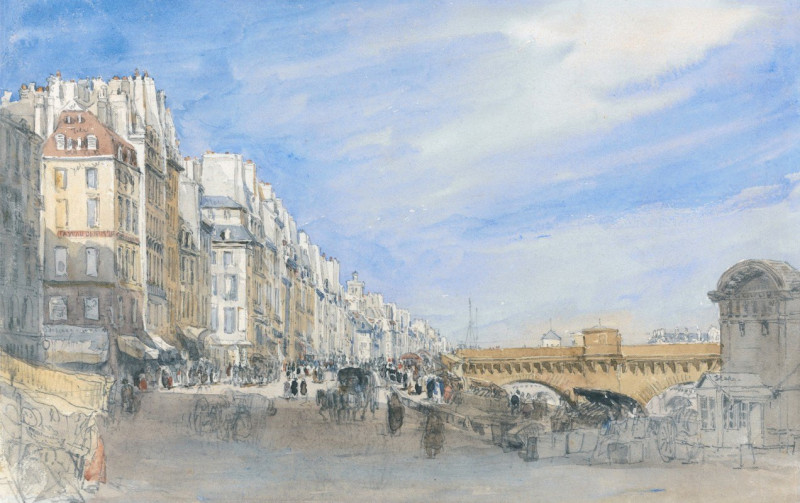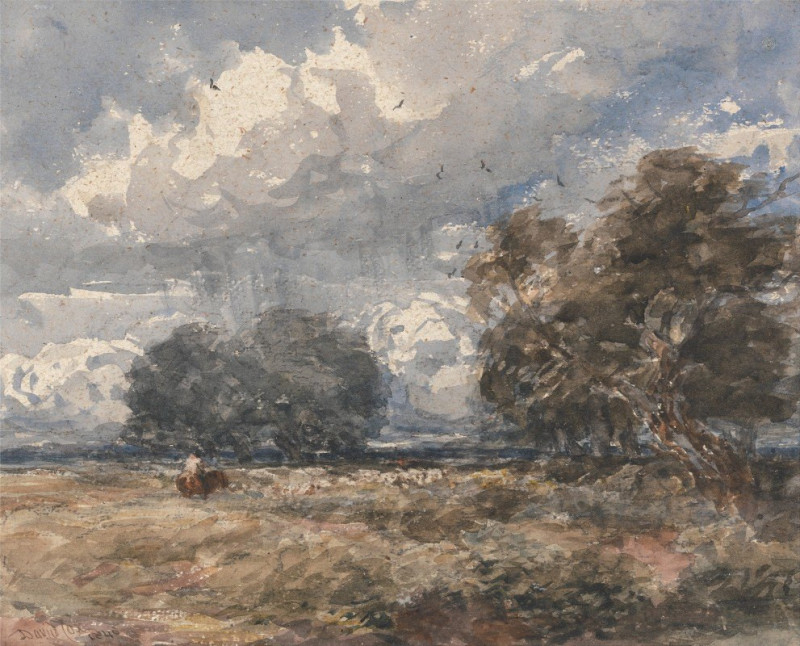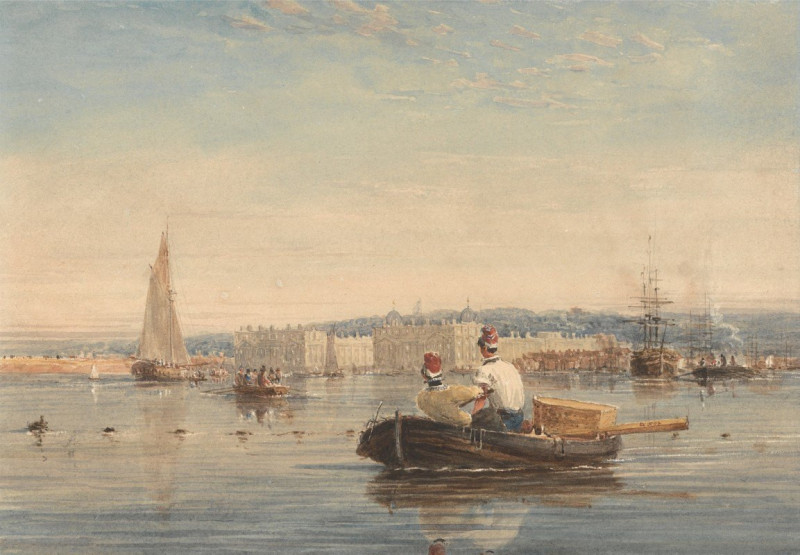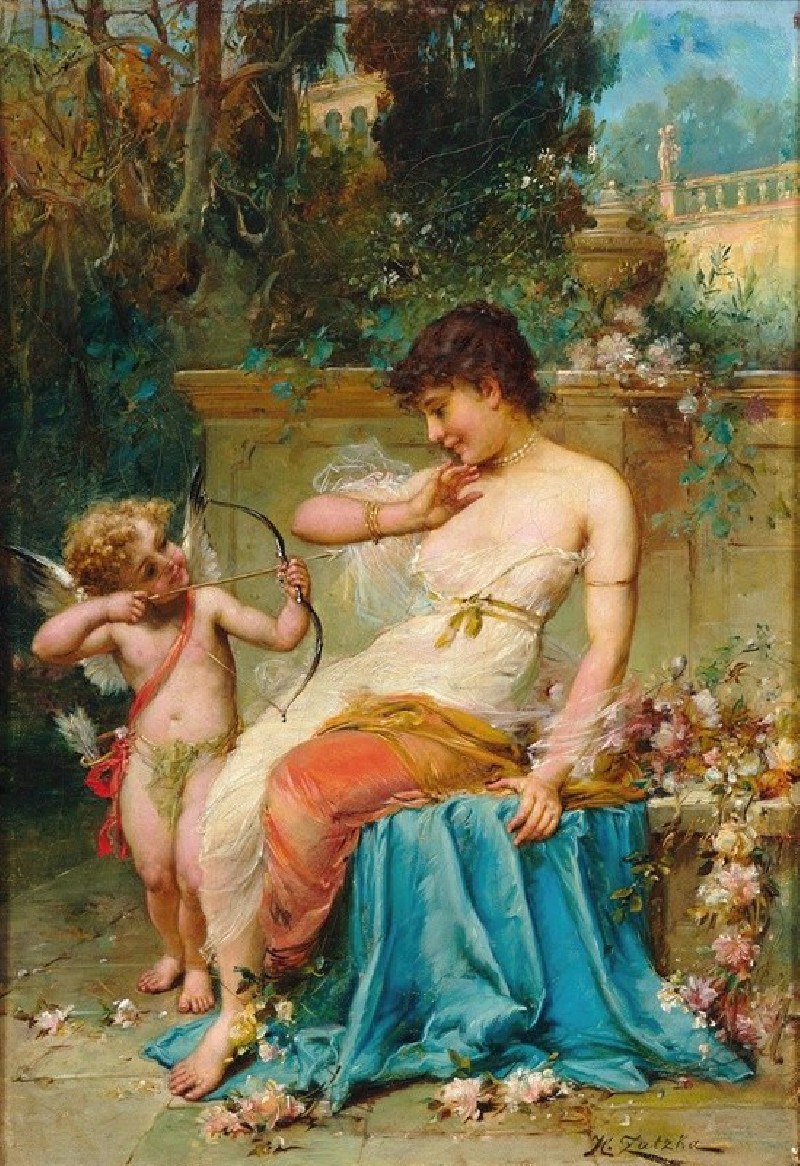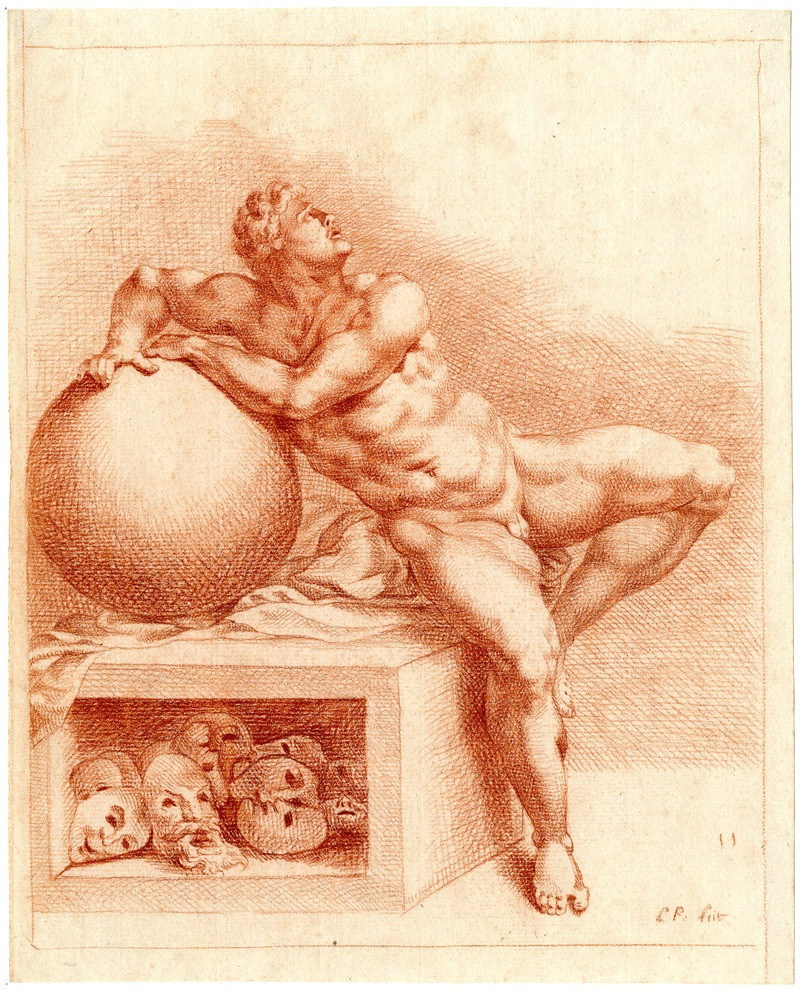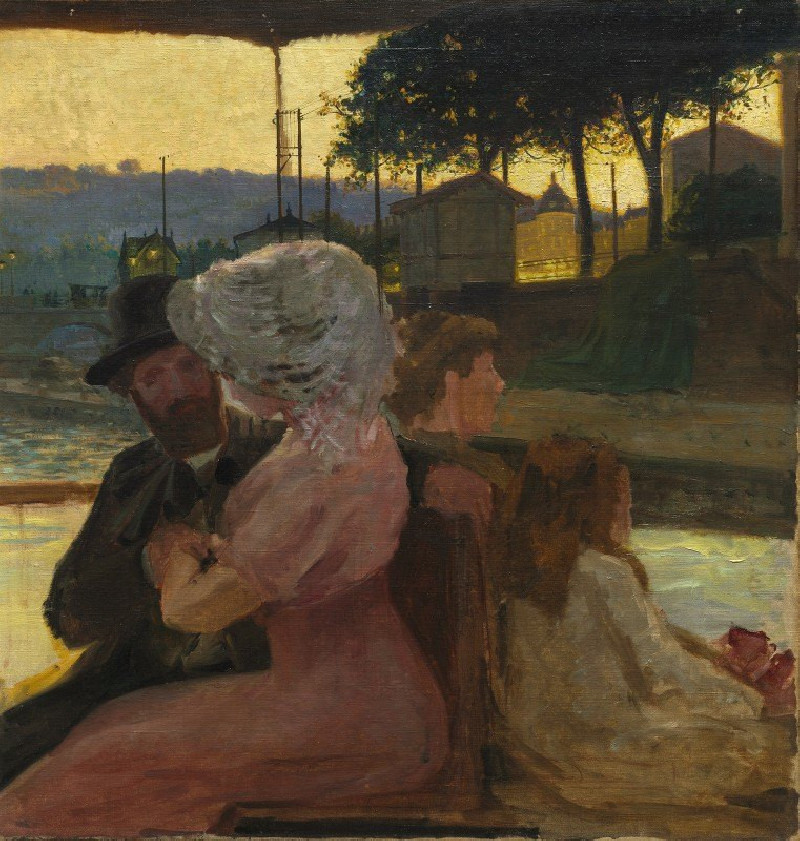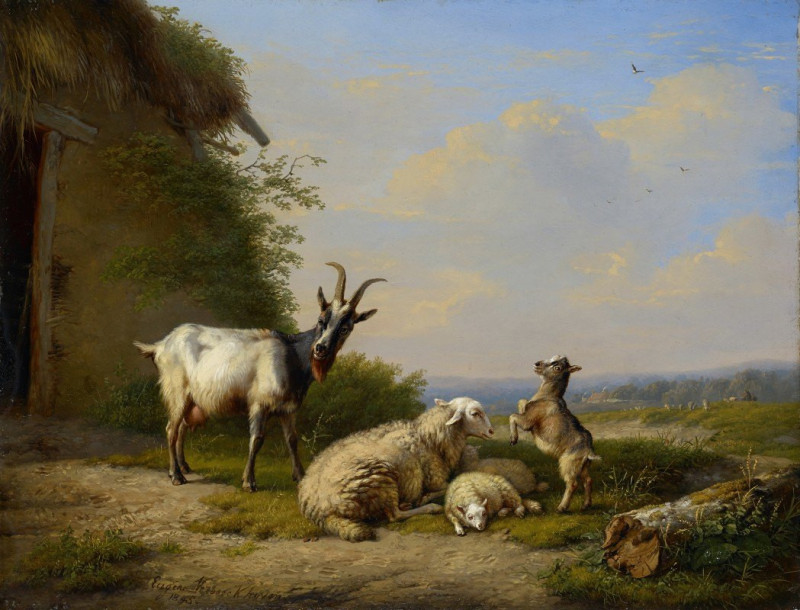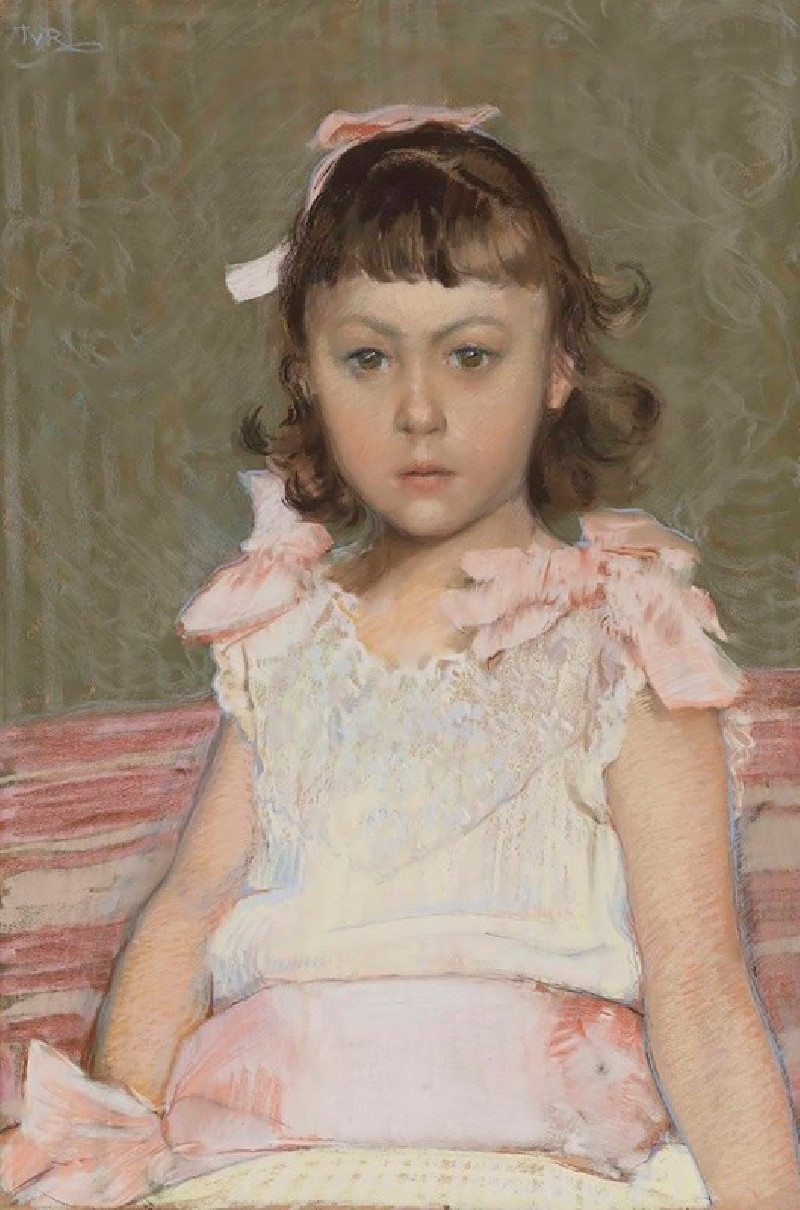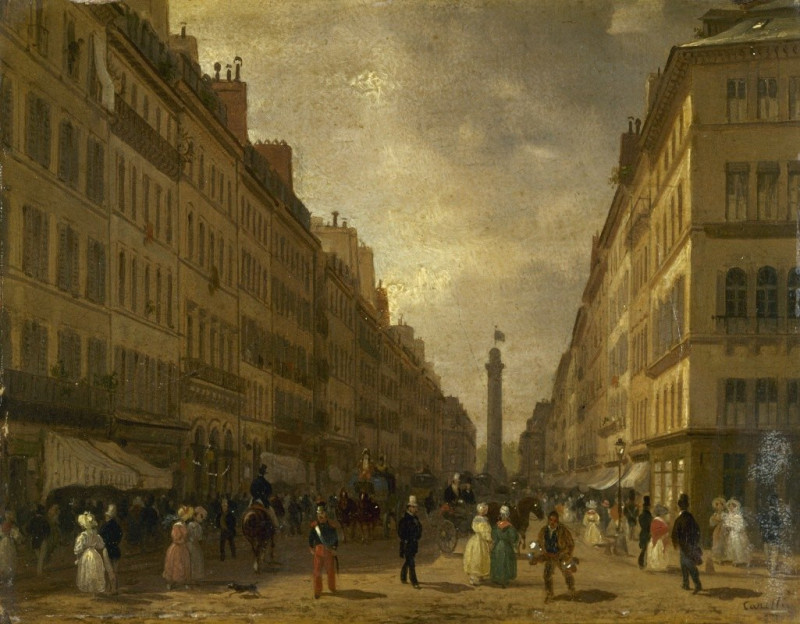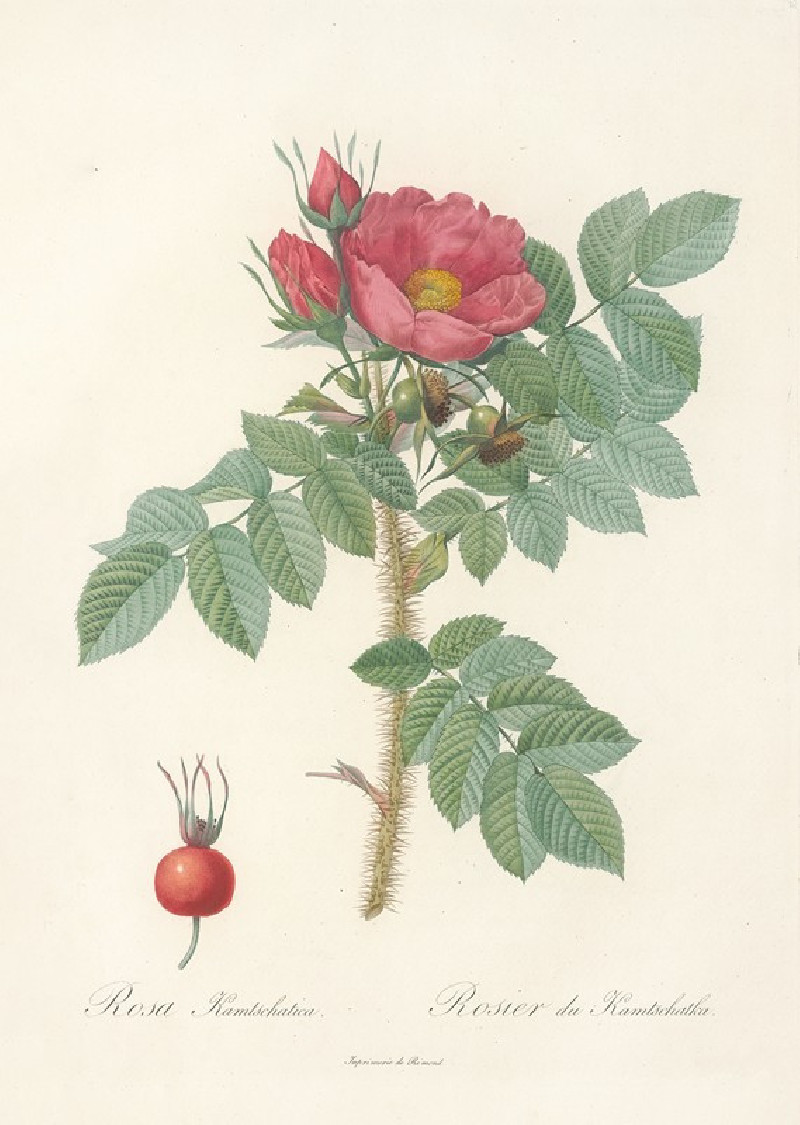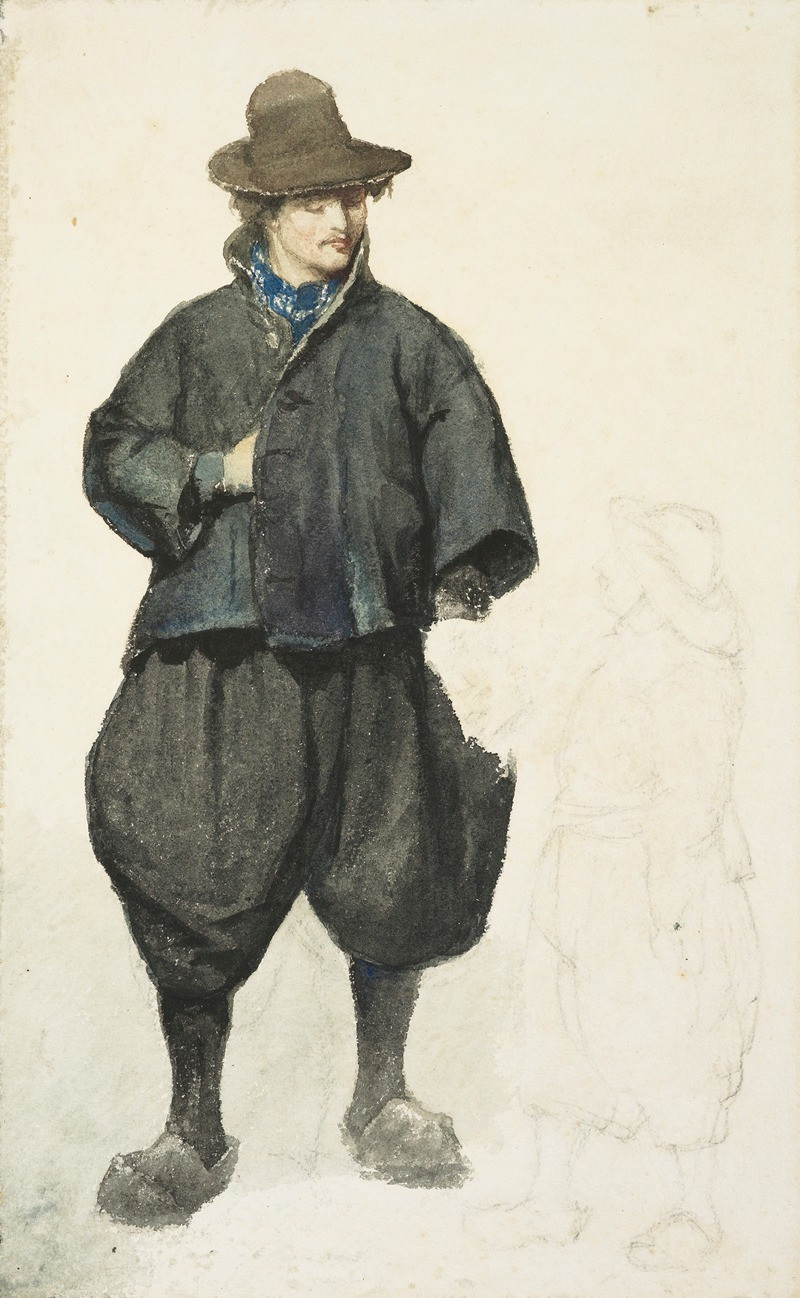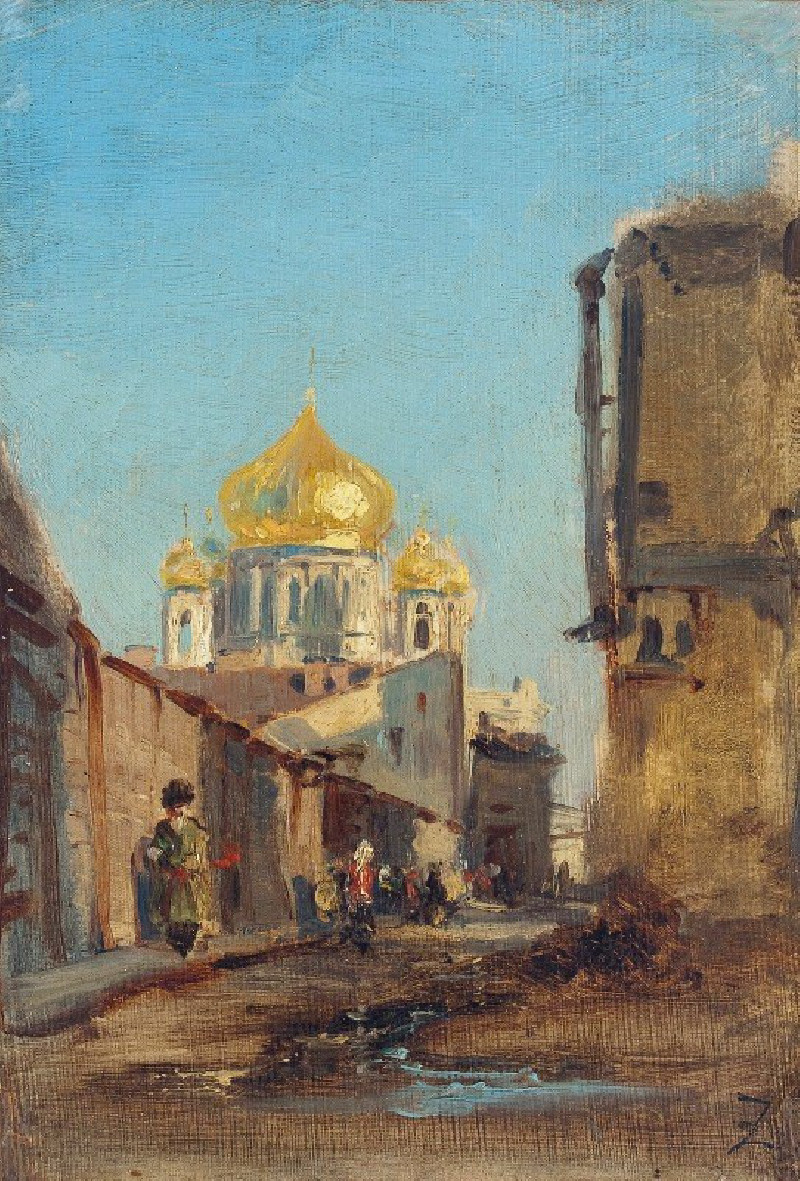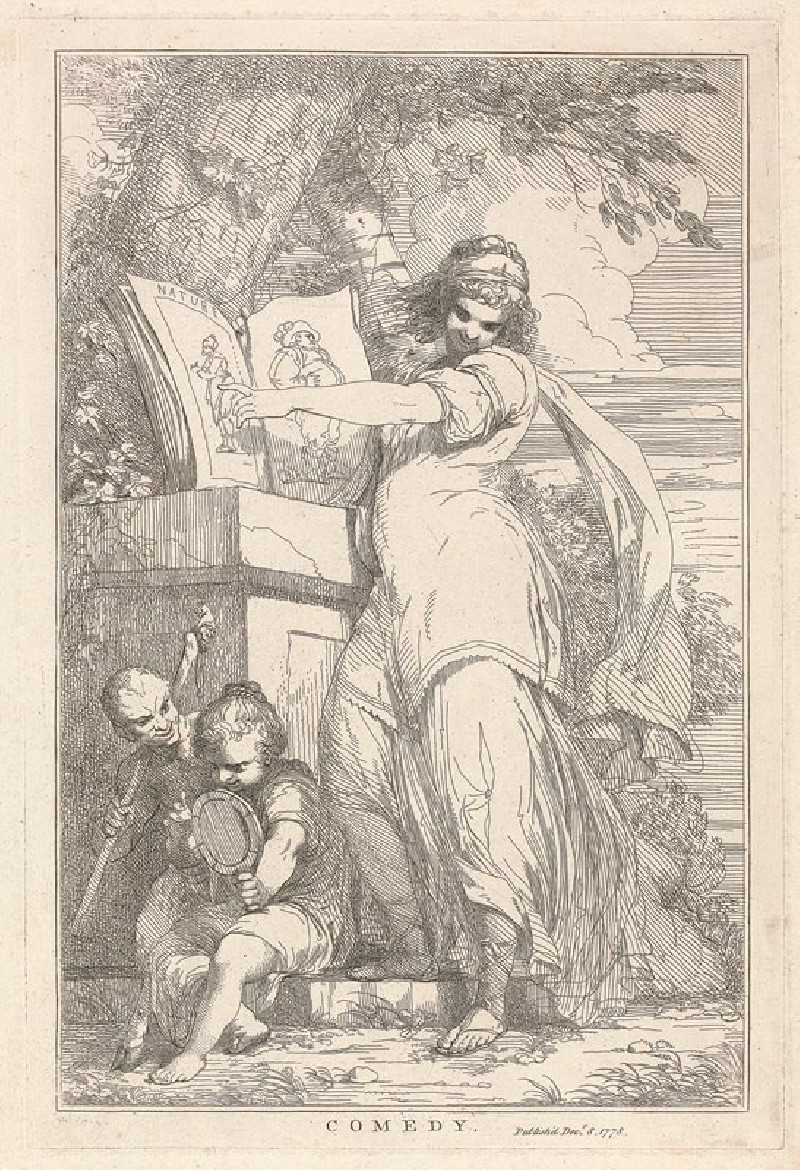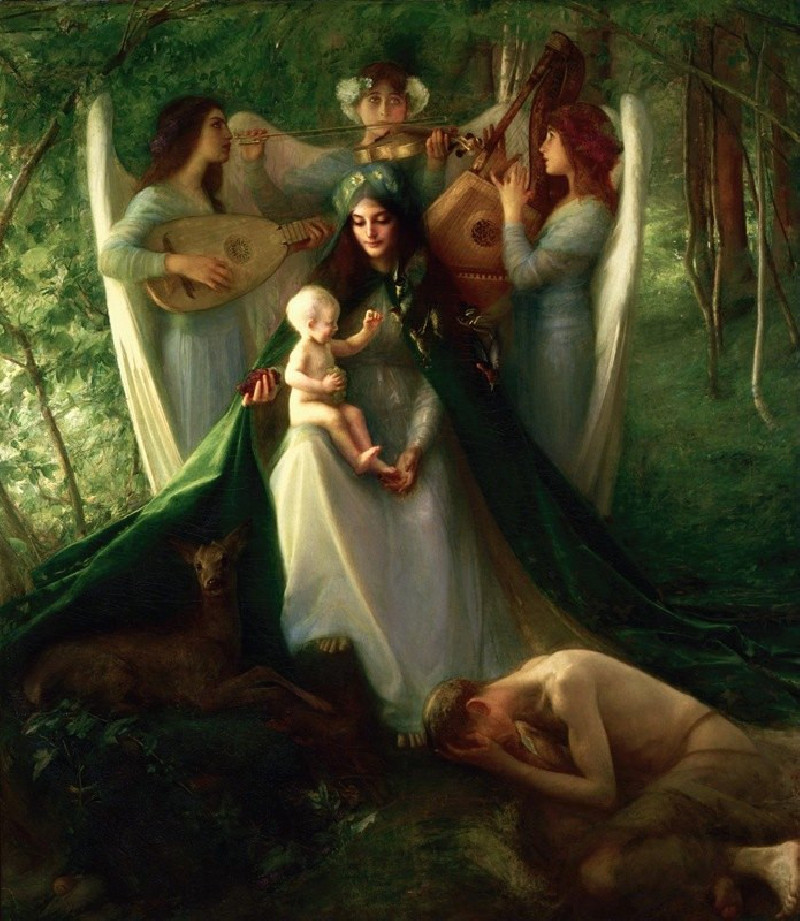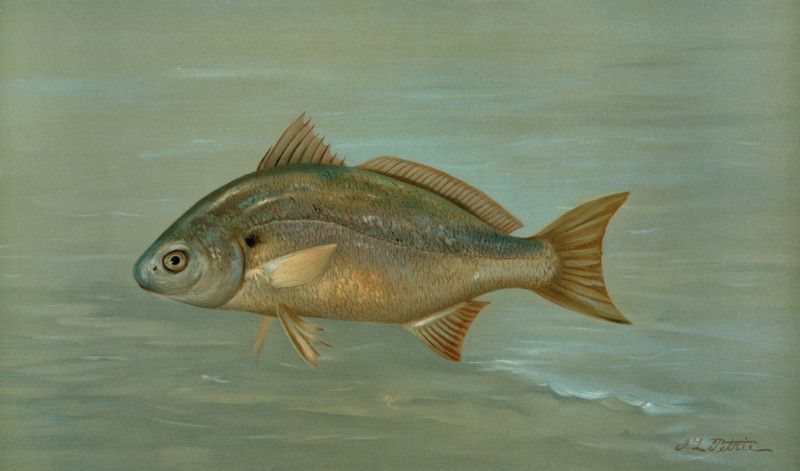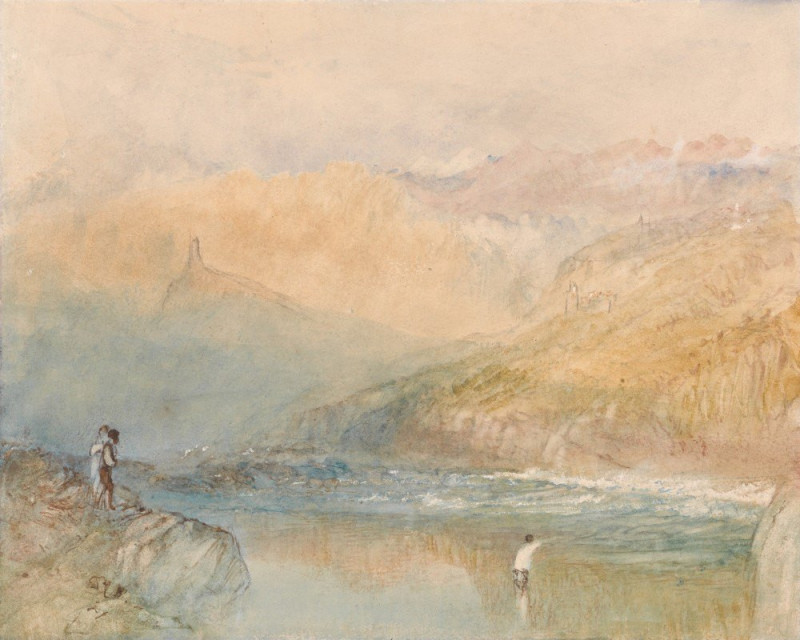The Junction of the Severn and the Wye with Chepstow in the Distance (1830)
Technique: Giclée quality print
Recommended by our customers
More about this artwork
"The Junction of the Severn and the Wye with Chepstow in the Distance" is a captivating landscape painting created by the esteemed British artist David Cox in 1830. This artwork masterfully depicts a serene and picturesque view where the rivers Severn and Wye converge, with the quaint outlines of Chepstow town gracing the distant horizon.In the foreground, Cox presents a lush, verdant scene where a group of figures leisurely reclines amongst giant trees, exuding a sense of tranquil repose. The composition is a brilliant play of light and shadow, with the sun filtering through the branches, casting dappled light across the figures and the earthy path that invites the viewer’s eye towards the sweeping vista beyond.The middle ground reveals undulating hills which gently slope down towards the rivers, while the background features softer tones that suggest the vast and open sky, harmonizing sky and water in a delicate balance of color and form.
Delivery
Returns
David Cox (29 April 1783 – 7 June 1859) was an English landscape painter, one of the most important members of the Birmingham School of landscape artists and an early precursor of Impressionism.
He is considered one of the greatest English landscape painters, and a major figure of the Golden age of English watercolour.
Although most popularly known for his works in watercolour, he also painted over 300 works in oil towards the end of his career, now considered "one of the greatest, but least recognised, achievements of any British painter."
His son, known as David Cox the Younger (1809–1885), was also a successful artist.

